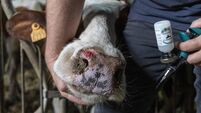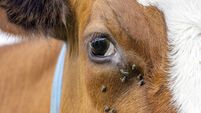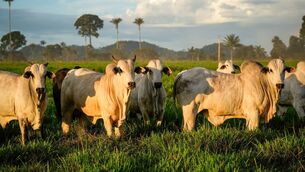British beef imports to decline
Based on analysis of the December 2003 cattle census, the Commission have revised their predictions for the year to take account of the increase in the number of cattle between one and two years old. As a result, they have predicted a 4% increase in production of beef for the year arising from an increased kill of dairy young bull supplies and the earlier marketing of cattle to take advantage of the slaughter premium which ends on December 31. The total kill is expected to rise by 5%, but the lighter average weight will reduce the increase in volume of beef to 4% for the year.
The indications are that most of this increase will occur in the second half of the year.
Bord Bia says that Ireland continues to be the principal import supplier to the British market accounting for over 60% of chilled/frozen imports. Any decline in the British import requirements will affect the level of Irish exports. Since more than one third of Irish exports to Britain are now being sold directly, to British retail outlets, Irish beef is better positioned to maintain sales.
Bord Bia says that nonetheless the volume of Irish exports is likely to come under some pressure as British cattle supplies increase.
On the favourable side, the return of the over-30-months-old beef to the British food chain has been slower than anticipated and it is now likely that the older stock will not re-enter the food chain until well into 2005. This should leave British imports of beef running at a fairly strong level for the remainder of this year and into 2005, even after allowing for the increase in home production.










